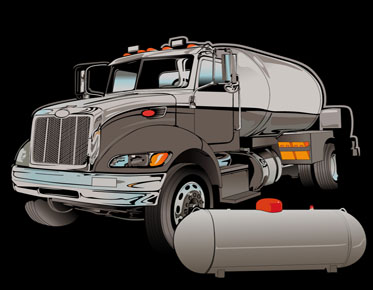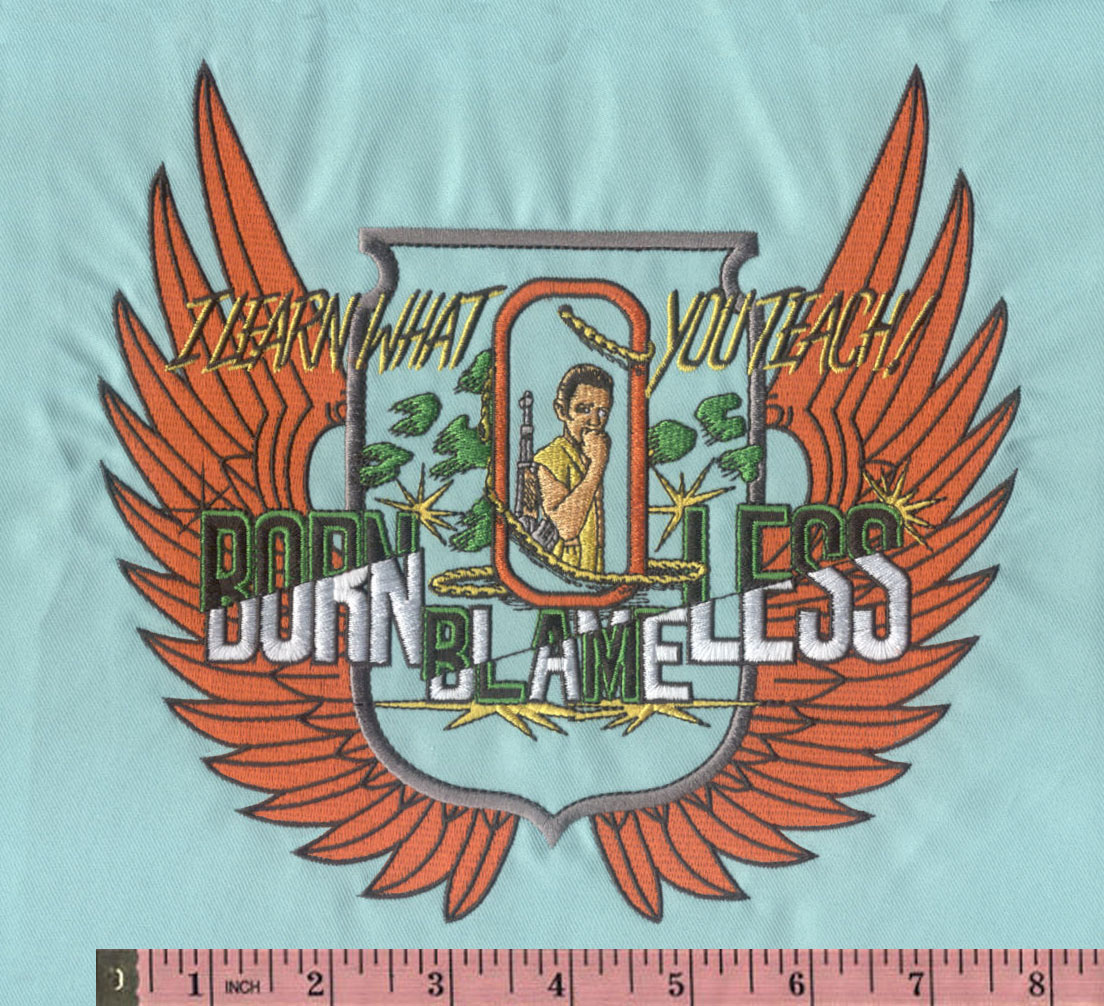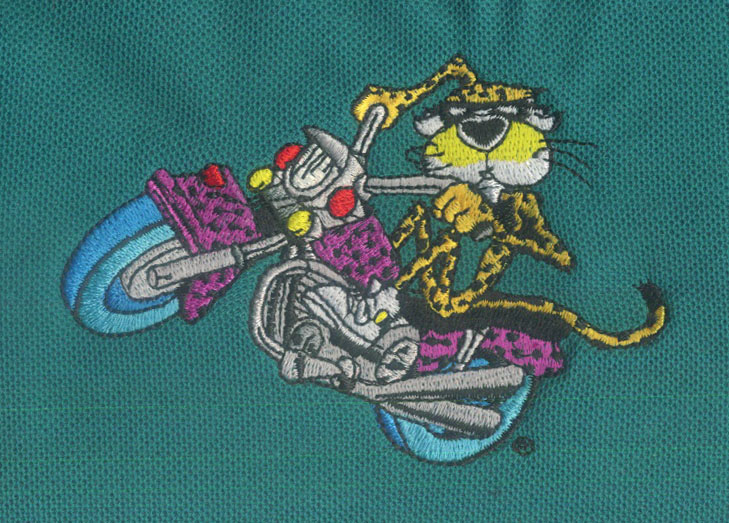Mastering Precision: The Art of Vectorizing Line Art for Minimalist Design
In the realm of graphic design, line art stands as a timeless and versatile form of expression. Its simplicity and elegance make it a favorite among designers seeking clean, minimalist aesthetics. However, when it comes to scalability and versatility, vector graphics reign supreme. In this blog, we'll delve into the meticulous process of vectorizing line art, exploring techniques to ensure precision in minimalist design, unlocking a world of possibilities for crisp, clean, and infinitely scalable creations.
1. Embracing the Essence of Line
Art
Understanding Line Art:
Line art relies on simple lines to convey
shapes, contours, and details. This simplicity is both its charm and challenge
when it comes to vectorization. Precise conversion is crucial to maintain the
clarity and finesse of the original design.
Minimalism in Design:
Minimalist design celebrates the beauty of simplicity, focusing on essential elements to convey a message. Vectorizing line art aligns seamlessly with this design philosophy, offering the flexibility to adapt the artwork for various applications without compromising quality.
2. Choosing the Right Tools for
Vectorization
Adobe Illustrator:
As an industry-standard vector graphics
software, Adobe Illustrator provides powerful tools for vectorization. The
Image Trace feature allows designers to convert raster-based line art into
editable vector paths, providing control over details and scalability.
Inkscape:
For those seeking an open-source alternative, Inkscape offers vectorization tools that cater to line art. Its intuitive interface and diverse features make it a valuable option for artists and designers.
3. Techniques for Precise
Vectorization
Adjusting Thresholds and Paths:
Vectorization tools often come with adjustable
settings like threshold levels, determining how closely the tool adheres to the
original image. Fine-tuning these settings is essential to capture delicate
lines and maintain the integrity of the artwork.
Cleaning and Simplifying Paths:
Intricate line art may contain unnecessary details that don't contribute to the overall design. Cleaning and simplifying paths involve removing unnecessary nodes and refining curves, ensuring a cleaner and more efficient vector representation.
4. Preserving Details in
Minimalism
Capturing Fine Lines and Strokes:
The challenge lies in preserving the
subtleties of fine lines and strokes present in line art. Vectorizing tools
should be adjusted to recognize and replicate these details accurately.
Handling Negative Space:
Minimalist design often utilizes negative space to create balance and harmony. Vectorization should account for negative space, ensuring that the final result maintains the intended visual impact.
5. Addressing Challenges in
Vectorizing Line Art
Dealing with Artifacts:
Vectorization may introduce artifacts or
unwanted elements. Regularly zooming in and inspecting the vector paths allows
designers to identify and eliminate these artifacts, ensuring a clean and
precise result.
Ensuring Consistency Across Elements:
Maintaining consistency across different elements of line art is crucial. Adjusting stroke weights, aligning paths, and ensuring uniformity contribute to the overall polished look of the vectorized design.
6. Showcasing the Versatility of
Vectorized Line Art
Applications in Branding:
Vectorized line art finds extensive use in branding, where simplicity and scalability are
paramount. Logos, icons, and brand marks benefit from the precision and
versatility that vector graphics provide.
Print and Web Design:
Whether it's printed materials or web graphics, vectorized line art adapts seamlessly to different sizes and resolutions. This versatility makes it a preferred choice for various design projects.
Conclusion: Elevating Minimalism
Through Vectorization
In the realm of
graphic design, where less is often more, the precision of vectorized line art opens new doors for creative
expression. The techniques discussed empower designers to translate intricate
details into clean, scalable vectors, ensuring that the elegance and simplicity
of line art shine through in every application. Whether it's for branding,
print, or web design, mastering the art of vectorizing line art is a valuable
skill that elevates minimalist design to new heights of precision and
sophistication.



